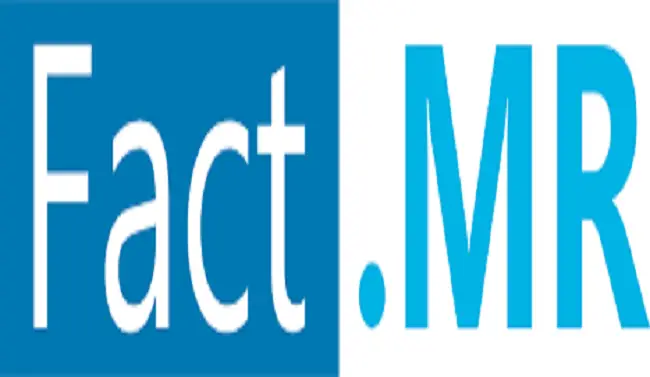The aluminum curtain walls market is forecasted to grow during the forecast period at a CAGR of 10% to exceed US$82 billion by 2032. Aluminium curtain walls are gaining popularity and have been widely used in modern infrastructure construction across several countries, as they are the strongest and most eco-friendly material.
Historically, sales of aluminum curtain walls reached US$ 30 billion in 2020 between 2015 and 2021. With the growing trend for energy-efficient infrastructure and urgent concern to minimize emissions, markets for aluminum curtain walls are likely to grow 2.3 times during the ongoing forecast period.
Across the globe, in both the industrialized and developing economies, aluminum curtain walls are vastly used in residential and commercial units. Governments of developing nations are aggressively pursuing the path of long-term infrastructure solutions to help curtail operating costs and carbon footprint.
Key Takeaways from the Market Research
The commercial segment occupies 73% share of the total revenue garnered in the aluminum curtain walls market. Of these, unitized aluminum curtain walls would continue to dominate the industry with a share of two-thirds of the market demand, while on the other hand, stick-built curtain walls remain strong in many construction projects, holding about 25% of the revenue. The residential segment is expected to grow highly, to about 2.7 times its current size, by the end of the forecast period in 2032. By geography, East Asia dominates global sales and contributes more than a quarter of the market value, driven by powerful performances by countries such as China and Japan.
By region, the future breakdown says that the United States will retain a large portion of aluminum curtain wall sales of around 30% of the market, driven by its strong CAGR of 8%. Key growth areas where major manufacturers have shown interest include India and China, which represent lucrative opportunities for expanding businesses. Specifically, the segment of semi-unitized aluminum curtain walls is likely to grow at a CAGR of more than 10 percent till 2032, which shows the trend of industries towards more effective and versatile building envelope solutions. These trends are highly promising to present an exciting market outlook of an evolving construction landscape with growing demand for attractive, energy-efficient building facades on a global basis.
List of Key Companies Profiled in The Report
Alumil Aluminum Industry S.A
Aluplex
Alutech
EFCO Corporation
Enclos Corporation
GUTMANN AG
HansenGroup Ltd.
Heroal
HUECK System GmbH & Co. KG
Josef Gartner GmbH (Permasteelisa Group)
Kalwall Corporation
Others
Country-wise Analysis
Technological breakthroughs are the governing factor of a massive reconstruction in public and commercial sectors. The region is showing a increasing positive sentiment towards the product with the various policies and environmental consciousness in the area. India is urbanizing.
The regional government is also highly striving to promote eco-friendly solutions for both the commercial and residential sectors. The rapidly expanding smart infrastructure in commercial buildings, schools, and smart cities creates a higher demand for aluminum curtain walls. Hence, the region contributes more than 40% of the total market revenue. According to the Fact.MR estimates, a stunning CAGR of around 11% is likely to be registered during the assessment period from 2022–2032.
Competitive Landscape
The competitive landscape in the aluminum curtain wall market is such that the trend in customer demand for durable solutions with a longer cycle of product renovation has catalyzed innovation among players. For example, in May 2021, Alumil Aluminum Industry S.A. addressed the cause of sustainable building in Vancouver, applying SMARTIA M78, which is designed to support environmental sustainability and foster a greener urban environment. This strategic move, therefore, underlines the more general trend in the industry toward eco-friendly solutions and competitive advantage won by innovating to respond to evolving market demands.





